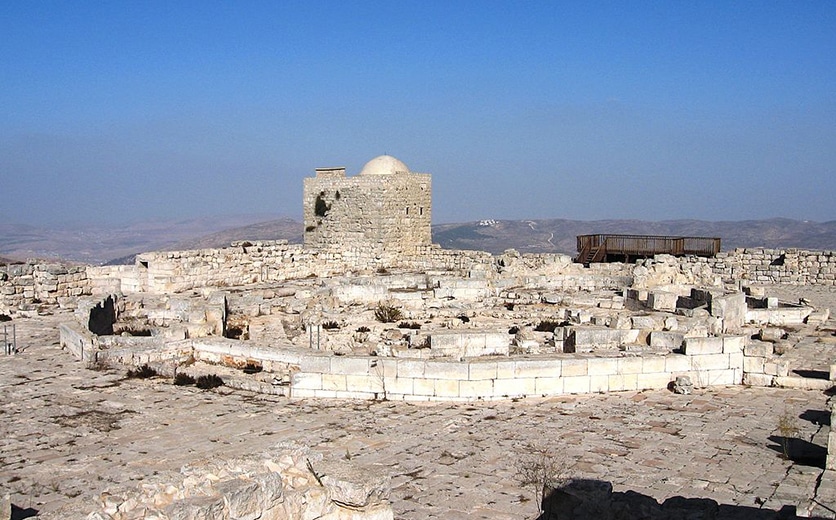The disposition of a human corpse to prevent its desecration. Burial customs among the Hebrews consisted of two important elements: the mortuary ritual, which accompanied the burial, and the physical preparation of the body and its final resting place. Because of the warm climate of Palestine and the popular belief that a dead body was ritually impure, burial usually took place as soon after death as possible (Deut 21:23; Acts 5:5-6; Acts 5:10). Among the Jews interment or burial of the body was the common practice, and to allow the body to decay above ground or be subject to destruction by vultures or dogs was the greatest of dishonors (1Kgs 14:10-14; 2Kgs 9:34-37). Anyone who discovered a corpse by the roadside was required to bury it (2Sam 21:10-14). The mouth was bound shut (John 11:44), and the body was washed (Acts 9:37) and anointed with aromatic ointments (John 12:7; John 19:39; Mark 16:1; Luke 24:1). The body was then wrapped in cloth (usually linen, Matt 27:59), although individuals of high rank would frequently be clothed in fine garments. A variety of burial sites were utilized, the most common being the simple shaft or trench grave, which was often lined with mats, wood, or stone slabs. These simple graves were sometimes marked by a tree (Gen 35:8), although in the case of infamous individuals, the burial plot was identified by a pile of stones placed over it (Josh 7:26; 2Sam 18:17). Caves were also utilized for burials, either for their convenience or because time or money did not permit the cutting of a tomb from rock. Sarah (Gen 23:19) and other members of Abraham’s family (Gen 25:9; Gen 49:31; Gen 50:13) were buried in the cave of Machpelah at Hebron. Rock-cut tombs were designed for multiple burials, usually by one family (Isa 22:16). The tombs of the wealthy were frequently located in gardens (2Kgs 21:18; 2Kgs 21:26; Matt 27:57; John 19:41-42). Some tombs were marked by monuments or pillars (2Kgs 23:17) or whitewashed on the outside (Matt 23:27) to prevent Jews from accidentally touching them and rendering them ceremonially defiled. Rock-cut tombs were sealed with square slabs of stone or, as was common in the Roman period, with rolling stones (Matt 27:60).




